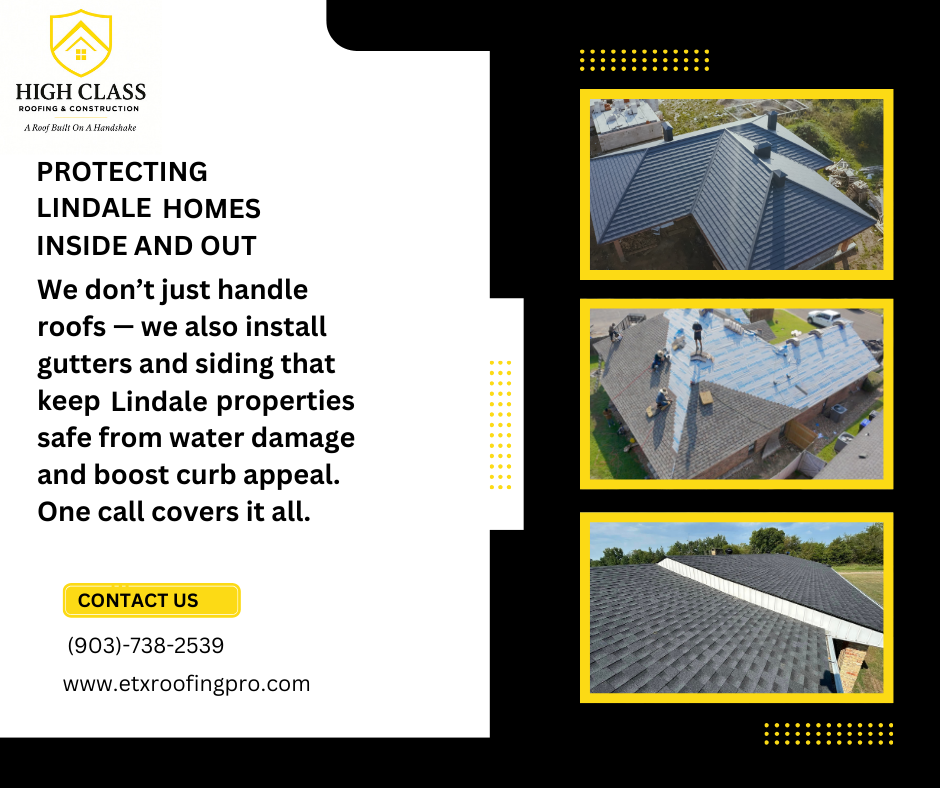When discussing roofing projects with contractors, homeowners often feel overwhelmed by technical terminology that sounds like a foreign language. The conversation starts simply enough, but soon you’re hearing about pitch ratios, exposure measurements, and fastener patterns that leave you nodding politely while secretly wondering what any of it actually means. Understanding common roofing terms helps you communicate more effectively with professionals while making informed decisions about your home’s protection, turning what could be a confusing experience into a productive conversation where you actually understand what you’re paying for.
The confusion often begins when contractors start describing your roof’s basic structure. They’ll measure your roof and start talking about pitch, which simply describes how steep your roof is. A contractor might say your roof has a “6:12 pitch,” meaning it rises six inches vertically for every twelve inches of horizontal distance. This matters because steeper roofs shed water more effectively but cost more to install due to safety requirements and increased material waste. Your roof’s steepness directly impacts both its performance and your project budget in ways that aren’t immediately obvious.
The numbers get more confusing when contractors start calculating square footage. You know your home is 2,000 square feet, but suddenly the contractor is talking about 2,400 square feet of roof area. This discrepancy happens because roofing measurements account for all the sloped surfaces, not just the footprint of your home. Then they’ll mention “squares” instead of square feet, with each square representing 100 square feet of roofing material. Your roof becomes “24 squares” in contractor speak, which is the standard unit they use for estimating materials and labor. Understanding this conversion helps you compare bids more effectively and recognize when estimates seem unusually high or suspiciously low.
As contractors walk you through their proposals, they’ll reference various roof features using terms you’ve probably never heard in casual conversation. The ridge is simply the peak where two roof slopes meet at the top, while the eaves are the lower edges where water drains off. Valleys deserve special mention because they’re where two roof sections meet at an inward angle, creating channels that handle tremendous water flow during Texas storms. These aren’t just technical details—valleys require extra materials and careful installation because they manage more water than any other part of your roof, making them common sources of leaks when not properly constructed.
Installation conversations introduce another layer of terminology that initially sounds like gibberish. When contractors discuss “exposure,” they’re talking about how much of each shingle row remains visible after installation. This measurement affects both appearance and performance because proper overlap ensures weather protection while maintaining warranty coverage. The wooden foundation supporting everything goes by “sheathing” or “decking,” typically made from plywood or OSB. This layer provides structural support, and any damage discovered here during tear-off often leads to those dreaded change orders that increase project costs.
Fasteners might seem too basic to warrant discussion, but contractors talk about them extensively because these nails, screws, and clips determine whether your roof survives the next major storm. The type, size, and placement pattern of fasteners significantly affect wind resistance and longevity in ways that cheap installations often compromise to save money. Similarly, every vent, chimney, and satellite dish becomes a “penetration” that requires special sealing techniques. These aren’t minor details—most roof leaks originate around penetrations where sloppy installation creates gaps for water infiltration.
The estimate will reference various protection components with deceptively simple names. Drip edge sounds insignificant, but this metal strip prevents water from damaging the wooden fascia boards behind your gutters. Contractors will also discuss soffit, which is the underside of your roof overhangs, and it serves an important ventilation function beyond just covering exposed rafters. Even in Texas, you’ll encounter mentions of ice dam protection, which uses special materials to prevent water backup during our occasional freezing events. While we don’t face northern winters, ignoring these details can lead to problems during those rare ice storms that catch everyone by surprise.
Performance specifications introduce metrics that help you understand what you’re actually buying. Wind ratings indicate how much sustained wind your roof can handle before failing, which matters enormously in a state where severe storms regularly produce destructive winds. Impact resistance becomes crucial if you live in hail-prone areas, with Class 4 representing the highest protection level available. These ratings translate directly into insurance premiums and your roof’s ability to survive Texas weather, making them worth understanding rather than simply nodding along when contractors mention them.
Warranty discussions require particular attention because they’re often more limited than they initially sound. Some warranties only cover manufacturing defects in materials while excluding installation workmanship, which is actually where most problems originate. Understanding what’s covered and what isn’t helps you evaluate whether the contractor’s proposal provides genuine long-term protection or just impressive-sounding but ultimately limited coverage that leaves you vulnerable to expensive repairs.
When reviewing written estimates, terms like “tear-off” and “overlay” determine whether contractors are removing your old roof completely or simply covering it with new materials. Tear-off costs more but provides opportunities to inspect and repair the underlying structure, while overlay saves money initially but can hide problems that continue deteriorating beneath your new roof. Change orders document modifications when contractors discover unexpected issues, and understanding this term helps you budget appropriately rather than feeling blindsided by additional costs midway through your project.
Armed with this knowledge, conversations with roofing professionals become significantly less intimidating. You can ask informed questions, recognize when contractors are being thorough versus cutting corners, and make confident decisions about protecting one of your home’s most important systems. The technical language transforms from confusing jargon into useful information that helps you understand exactly what you’re getting for your investment.






